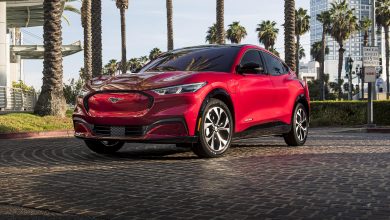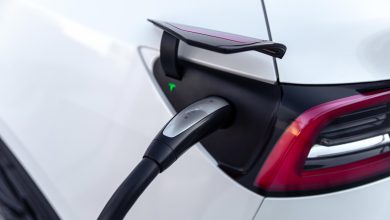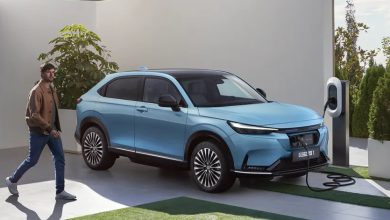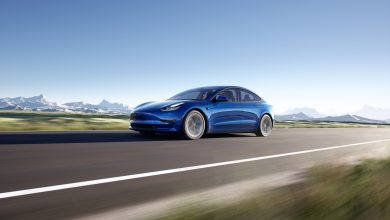Canada Pushing For Higher Electric Vehicle Adoption
EV NewsThe goal is to reduce greenhouse emissions by 40% to 45% of what it was in 2005 by 2030
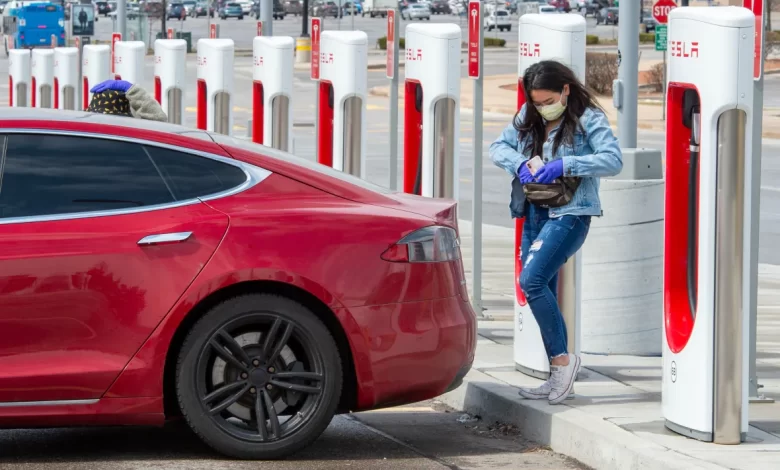
The United States of America has been leading in electric vehicle adoption in North America but Canada seems to be lagging behind. That is why the Environment, Minister Steven Guilbeault, proposed a new regulation of Wednesday 21 December 2022 for 20% of all passenger vehicles, trucks, and SUVs sold in Canada to run on battery by 2026.
“Zero-emission vehicles are where the rubber hits the road for const-conscious Canadians who want to help the environment while getting off the roller-coaster of high gasoline prices,” Guilbeault said. “With zero-emission vehicles, we can cut pollution, create jobs, and make life more affordable for families across the country.”
The goal is to gradually bump up that number to 60% by 2030 and 100% by 2035. This proposed mandate will see the North American nation follow the path of European regulators who had since agreed on the total phasing-out of internal combustion engines (ICEs) by 2035.
Julie Dabrusin, the parliamentary secretary to Guilbeault said during the announcement that the proposed law will enable Canadians to have the vehicles that they desire. Also, the new law proposed penalties under the Canadian Environmental Protection Act for importers and manufacturers that fall short of the sales target.
Canada still has a long way to goal to achieve its 2026 target. A 2021 report shows that the United States had an EV adoption of 42% that of Canada was a paltry 5.2% in the same year. Although the sale of all-electric and plug-in hybrids jumped to 7.2% in the first half of 2022, it is still a long shot away from the environment minister’s target.
Canadians may choose EVs if they are available
Obviously, you cannot choose what you don’t have. This sentiment was echoed by Cara Clairman, the CEO and president of Plug’n Drive, a non-profit organization that promotes EV adoption.
According to Clairman the toughest part of encouraging people to drive electric vehicles was the lack of availability. In other words, if Canadians were presented with EV options like their neighbor, many will gladly make the switch.
“Customers that are ready to make the switch are often discouraged by long waiting lists,” said Clairman. “Unless we can somehow deny the glaring climate emergency that is in our faces, we need to assist consumers to make the switch as soon as possible.”
Another reason that may be stalling EV adoption in Canada may be the absence of supporting infrastructures like a broad network of charging stations. Given that EV drivers often suffer from range anxiety, a robust network of charging stations is often necessary to dispel that fear.
That is why Brian Kingston, the CEO and president of the Canadian Vehicle Manufacturers’ Association is calling on the federal government to do more in building the right infrastructure that will support the use of electric vehicles before clamping down on sales.
According to Kingston, Canada’s EV infrastructure is insufficient to support a large EV fleet—and the new drivers. “Electric vehicles are coming, but we need a supercharged effort to support marketing and make the purchase and use of EVs convenient and accessible,” he said.
Without an extensive network of charging stations and fast chargers, the queue will grow exponentially in the available charging stations and lead to frustration for EV drivers. That will potentially discourage more people from making the switch.
One of the clauses in the draft regulation that will be made public on 30 December shows that the government is planning to track vehicle sales by handing out credits for each sale.
All-electric vehicles and trucks would attract a larger credit compared to a plug-in hybrid. However, the government acknowledges that the demand for plug-in hybrids may likely remain high in northern and rural areas.
Electrification of passenger vehicles is key to Canada’s greenhouse emission reduction
The draft law fulfills a 2021 Liberal election promise. Also, this will be the first regulation that will spring from the government’s emissions reduction plan published in April. According to the broad roadmap, Canada wants to reduce its greenhouse emissions across all sectors by 40% to 45% of what it was in 2005. The country hopes to achieve this by 2030.
Statistics show that passenger vehicles account for 10% of all Canada’s emissions across all sectors and about half of all road transport emissions. Prior to Guilbeault’s Wednesday proposal, Canada already had targets for EV sales.
Kingston criticized the government for what he calls the unrealistic approach to “regulate away global supply chain challenges”. According to Kingston, “You can’t regulate away shortages. It simply doesn’t work like that.”
Some provinces are ahead of others in EV adoption. British Columbia is leading the way in EV sales. In the province, EVs accounted for 15% of all newly registered vehicles in the first six months of 2022. Quebec was second on the log with 11.4% all-electric registrations within the same period. Ontario ranks far third with 5.5% new EV registrations.
A similar mandate in British Columbia and Quebec was responsible for the higher numbers of EV adoption in the regions as revealed by the Canadian Climate Institute. This time, the mandate will be nationwide.
While the announcement was celebrated by a Simon Fraser University advocacy group called Clean Energy Canada, they called on the government to seek legal backing to avoid complexities in the enforcement of the penalties.
Government to step up investment in EV infrastructure
The Canadian government has also increased investment to boost EV infrastructure. In addition to the proposed regulations, the government also announced investments that will make the purchase and charging of EVs more convenient.
One of these huge announcements was that the government would invest in 50,000 additional EV charging stations that will be installed across the country. The government is also targeting about 85,000 federally-funded EV chargers by 2027.
The Canadian government has also renewed the EV incentive program that gives Canadians up to $5,000 rebates for buying or leasing EVs. Apart from the federal government, other provinces have been making moves to improve EV adoption.
For example, the British Columbia government announced earlier this month that it would provide funding for battery-electric vehicles at YVR airport. Automakers are also doing their part. The owner of Chevron Canada pledged that the company would build 50 EV charging stations from Vancouver Island to Calgary.
If these investments are sustained and seen to completion, Canada may well be on course to phase out ICEs by 2035.

